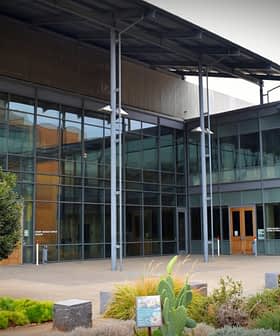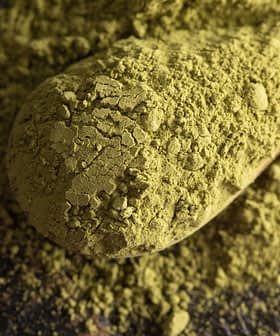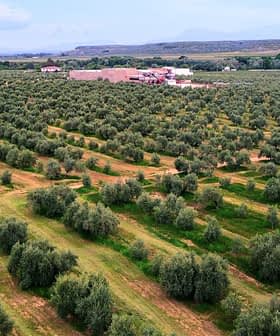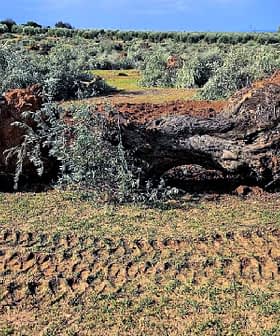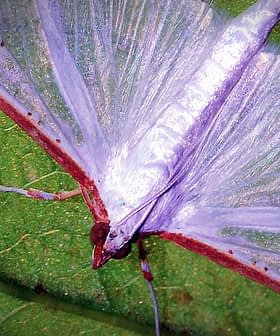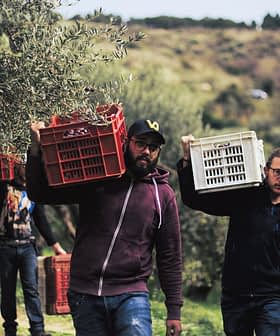Irrigating with Wastewater Found Not to Affectextra virgin olive oil Quality
Water scarcity is a growing concern globally, with a predicted 40 percent water deficit by 2030, particularly affecting agriculture and food cultivation. Tunisian researchers studied the quality of olive oil produced from trees irrigated with unconventional water sources, finding that using olive mill wastewater or treated wastewater may be a sustainable alternative to conventional water sources without compromising oil quality.
Water is fast becoming a scarce commodity with an estimated 40 percent global water deficit expected by 2030, according to the 2015 World Water Development Report. Low water supplies would especially affect agriculture and could possibly lead to a decrease in land used for food cultivation.
One area of concern is the Mediterranean region, which uses as much as 64 percent of its water for agricultural purposes, according to a 2010 paper, The Water Issue in the Mediterranean, by Eugenia Ferragina, published by the European Institute of the Mediterranean (IEMed) and the European Union Institute for Security Studies (EUISS).
Although Tunisia usually stands as the fourth-largest producer of olive oil, it is an arid Mediterranean country with limited water resources. Concern over its dependency on conventional irrigation methods and the forecast of declining water supply prompted Tunisian researchers to investigate quality of olive oil with use of unconventional water sources for growing olive trees.
The results of the study were published on February 17, 2016 in the Journal of Agricultural and Food Chemistry.
The experimental orchard with olive trees of the Chemlali cultivar in the city of Sfax in Tunisia was irrigated with two major sources of wastewater – treated wastewater from domestic and industrial sources; and olive mill wastewater produced during olive oil extraction from a mill also located in the city of Sfax.
For the study, investigators irrigated olive trees using the conventional water source as a control; and olive mill wastewater at either 50, 100 or 200 m³/ha; and treated wastewater in the experimental group.
The researchers found that the polyphenol content of extra virgin olive oil from trees irrigated with olive wastewater and treated wastewater was significantly higher than polyphenol content ofextra virgin olive oil from the control group. The polyphenol content was especially higher inextra virgin olive oil from trees irrigated with olive mill wastewater at 50 and 100 m³/ha.
Concentration of α‑tocopherol in the extra virgin olive oil was highest from trees irrigated with 50 m³/ha of olive mill wastewater, but decreased inversely with increase in trees irrigated with olive mill wastewater at 100 or 200 m³/ha. α‑tocopherol content was lowest in extra virgin olive oil produced from trees irrigated with treated wastewater.
Treated wastewater, however, increased the linoleic content but decreased the oleic acid content of the extra virgin olive oil. Overall, the acidic profile analysis showed that extra virgin olive oil from trees irrigated with olive mill wastewater had a better fatty acid composition than oil from trees irrigated with treated wastewater.
The researchers point out that regardless of the water source used to irrigate olive trees, all olive oil produced was extra virgin olive oil. The study concludes that irrigating olive trees with olive mill wastewater or treated wastewater in place of conventional water sources could be an effective way of preserving water without affecting quality of extra virgin olive oil.


